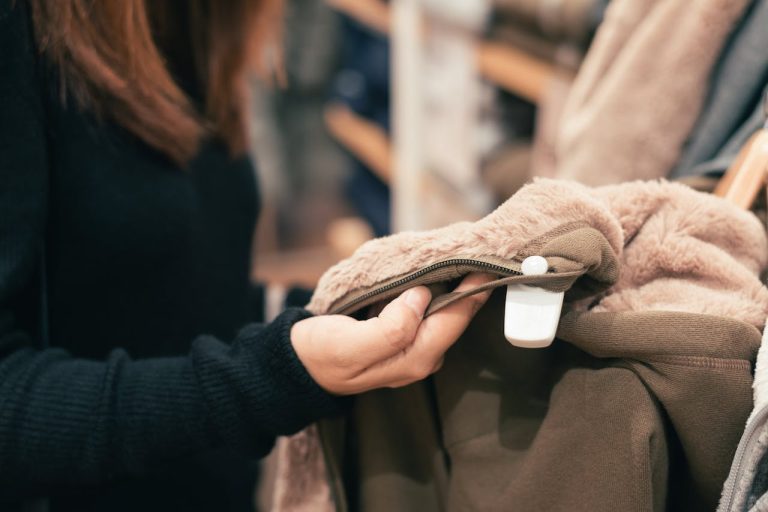Viral videos of groups of shoplifters smashing through doors and stealing armfuls of merchandise have made headlines this summer. Companies have made statements on what they believe to be a surge in shoplifting over the last couple of years, going as far as to call it a crisis. Some stores, including Target, have even announced they are closing several stores due to retail theft and organized retail crime.
However, the data does not completely line up with the premise that shoplifting is at unprecedented levels. Here’s what to consider when reporting on retail theft, and shoplifting in particular.
Measuring theft
Previous attempts to measure retail theft have relied on retail industry data, which can be problematic in itself as company spokespeople are quick to say theft is a problem but choose not to share the exact scale of the problem with figures and context. Additionally, past reports have focused solely on a single state and thus, a national trend is difficult to claim without a larger overview.
While the National Retail Federation compiles an annual survey on retail security from loss prevention professionals that can offer rich insight into national trends, the main figure referred to as “shrink” comprises more than mere shoplifting. Shrink can include internal theft from employees, expired or damaged merchandise, and even system or cashier errors – all of which can be conflated in the media as shoplifting.
The Council on Criminal Justice recently published a report to help fill in some of the gaps on shoplifting trends in the country using the U.S. Justice Department’s National Incident-Based Reporting Program (NIBRS) and additional open-data sources of city-specific data for 24 major cities. Although imperfect as well, as it relies on incidents reported to law enforcement, it can be good for journalists to have multiple data sources to give readers a fuller picture of the situation.
Avoid myths and propaganda
While politicians may want the public to focus on ‘smash-and-grab’ incidents in order to instill fear and crime and punishment measures, data show that 95% of shoplifting incidents involve only one or two people, rather than large groups of thieves. Thefts involving more than six people made up only 0.1% of reported incidents.
The report also shows that shoplifting has been steadily increasing since the first few months of the pandemic, but the trend is still below the rates prior to the pandemic and the rates greatly vary from city to city. Even though New York City and Los Angeles each had over a 60% increase in shoplifting incidents from 2019 to 2023, it is important to know that the actual number of retail thefts in New York City dwarfs the amount in other cities. Of the 24 cities in the analysis, New York City accounted for 46% of total thefts in the first half of 2023 – New York City had 28,145 reported incidents, while Los Angeles had 3,518 for comparison. Sometimes it is important to include the number alongside the percentage for this very reason.
Some other major cities have actually seen a decrease in shoplifting over the same period. The three cities seeing the largest decreases are Minneapolis (-57%), St. Paul (-65%), and St. Petersburg (-78%).
Comparing trends
The report goes one step further from looking solely at shoplifting trends. It also compares those trends to other property crimes, including robbery, vehicle theft, burglary, and other kinds of larceny. It shows that most property crimes are seasonal, with increases in shoplifting occurring in the second half of the year. Take a look at the data this report presents as it might spark a story idea for your local community this holiday season.







